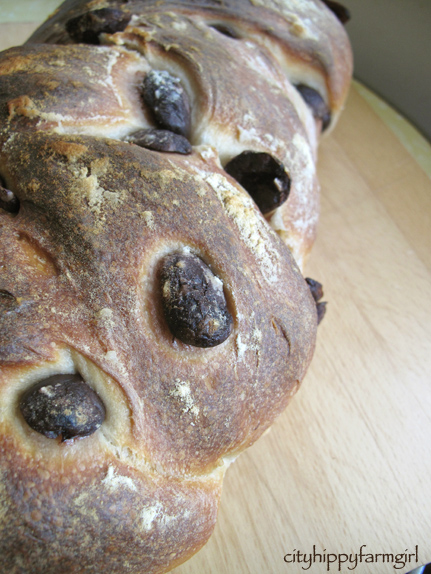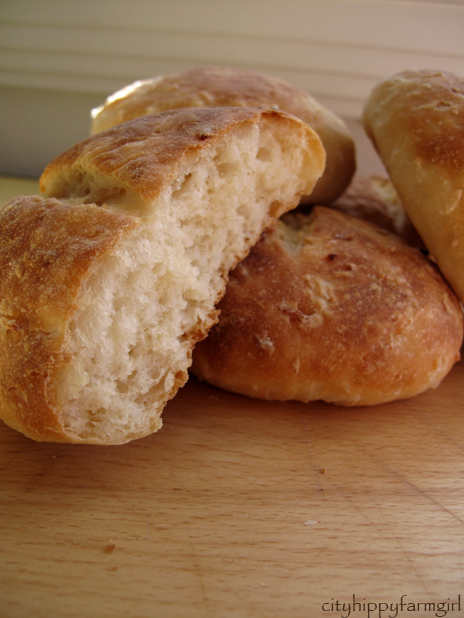I had good intentions of following the recipe. It just doesn’t often work out like that.
Two minutes in, actually lets be realistic. Thirty seconds in and I already had done something completely different to what Dan Lepard’s recipe said.
Don’t you read the recipe? Mr Chocolate helpfully said.
Um no… I guess I don’t.
Right. It was pointless in continuing with Dan’s method. Heating the beer up surely couldn’t be a crucial part in the breads success could it? I softly closed the book and resumed hackbaking 101. One day, one day, I might be able to follow a recipe.
One day?
Popping my thinking cap on, I wrote down my own recipe. I quite often write down what I’m going to do before I do it. I look at my ratios, see if it looks right, and then make any adjustments to the ratios as I go along.
With the beer, flour and starter mixed together, I left it over night. Coming back in the morning like an enthusiastic kid waiting to open a present. Would it look like it should? Would be a deflated watery mess? Would it have escaped the bowl and be slowly making its way down the kitchen cupboards, making a clear getting away towards the door?
I peeped inside and happily saw, it looked kind of like how I would expect it to look. Excellent. Now to the bread bit.
Behaving well, the end of the day and it’s baking time. A shape and a slash. Bake and ….
Happy mama. It looks decent. Mr Chocolate spies it and demands bread rights. I say not a chance, need to take some pictures, and then you can try it and give the crucial Mr Chocolate test.
It passes.
Phew.
* Note, Dan Lepard asks for bottle conditioned beer with live yeast. I didn’t use that, instead just a regular type of beer. Does this mean it’s now not a barm bread, but instead a regular beer bread? Not sure, perhaps perhaps… Any enlightment from the bread gurus?
Skippy Barm Bread
Hack baked Adapted from Dan Lepard’s The Handmade Loaf
Barm
330mls room temperature beer
1/2 cup (75g) flour
3 good spoonfuls of active sourdough starter (100%)
Whisk together and leave overnight.
Barm Bread
550g barm
4 cups (600g) flour
200mls water
Mix ingredients together and leave for half an hour or so. Add 2 1/2 tsp salt and mix again. Quick knead, and then prove for a while. Another quick fold and then shape. Prove again, slash and then bake at 240C with steam.
I’ve also done an olive bread using the same dough. Just weave your favourite kind of olives through the dough on shaping, prove and then bake. Make sure those olives are really tucked in, otherwise they pop out when baking.
This post submitted to yeast spotting.













